Overview
Map
Other Details
كنيسة مار الياس وادي العرايش
Zahlé Mar Elias
Zahle
Bekaa
كنيسة مار الياس وادي العرايش - زحلة بُنيت الكنيسة سنة ١٨٦٦ بمسعى حبيب حريقة الذي إشترى الأرض عقب حوادث سنة ١٨٦٠. البناء مستطيل مسقوف. تحوي الكنيسة مذبحًا رخاميًّا منحوتًا، ولوحة لمار الياس. تضمّ الكنيسة العديد من المفارش التي تعود لأواخر القرن التاسع عشر. هي كنيسة محلّة وادي العرايش الرعائيّة. The church of St Elijah Wadi el Arayesh - Zahle The church was built in 1866 by Habib Harika who bought the land after the war of 1860. The church’s structure is roofed and contains a sculpted white marble altar. It also contains many holy furnishings from the late XIXth century. The church is Wadi el Arayesh’s Paris
Visited 9067 times, 5 Visits today
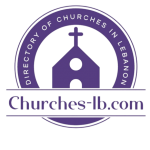


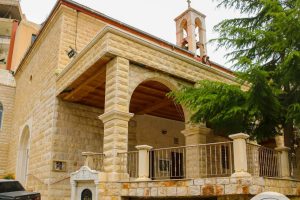
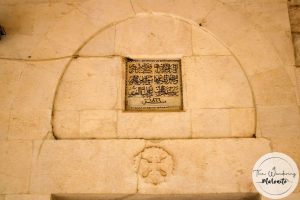
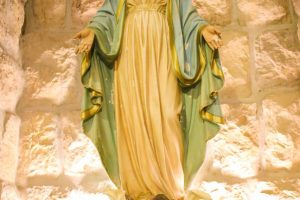
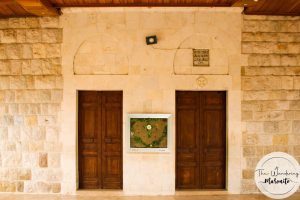
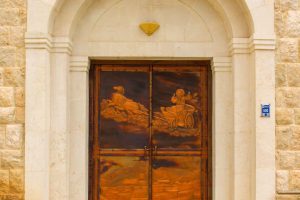

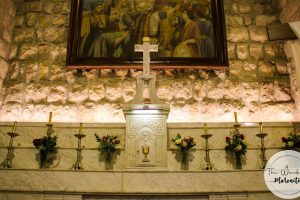
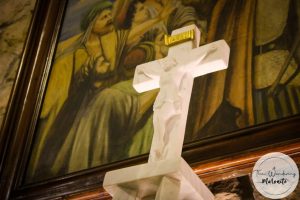
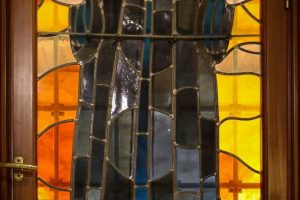
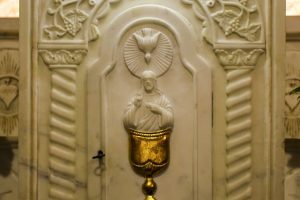
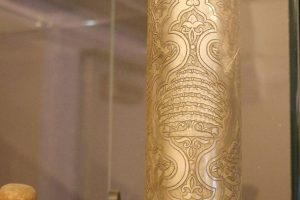
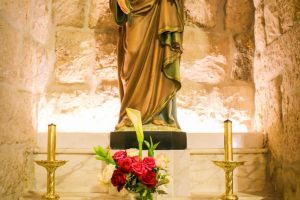
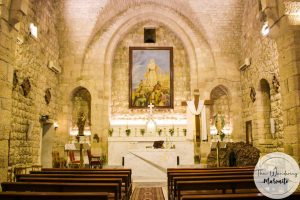
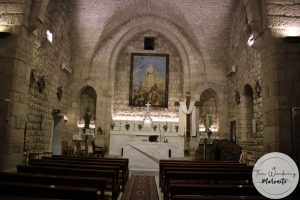
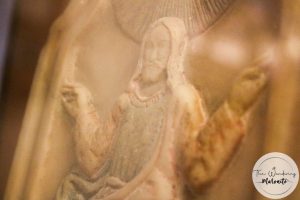
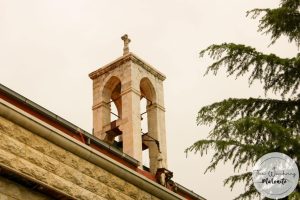
















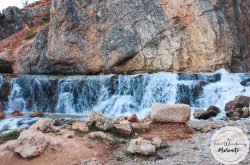


Reviews are disabled, but trackbacks and pingbacks are open.